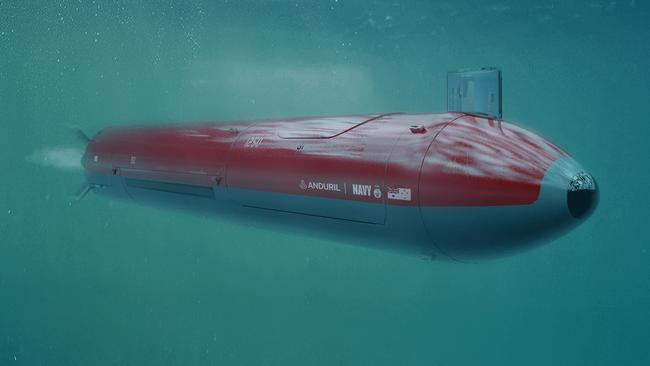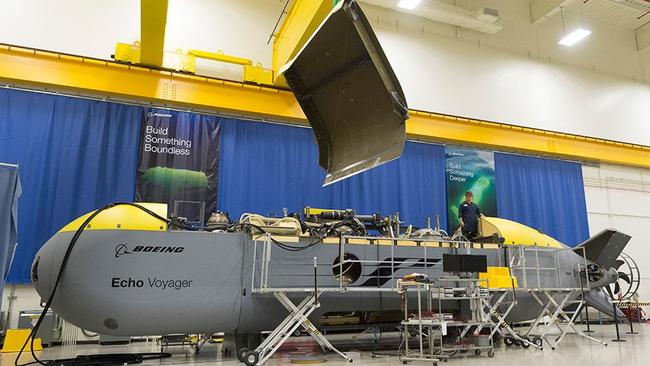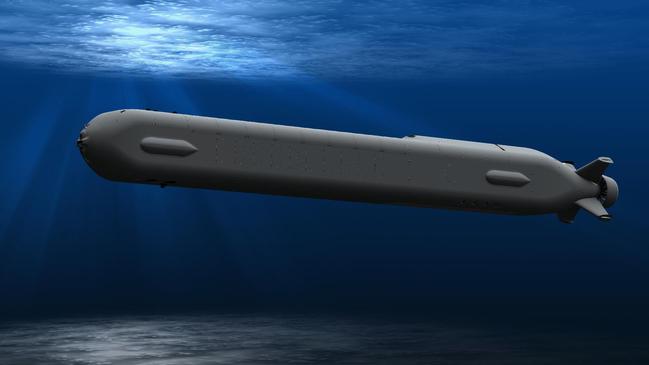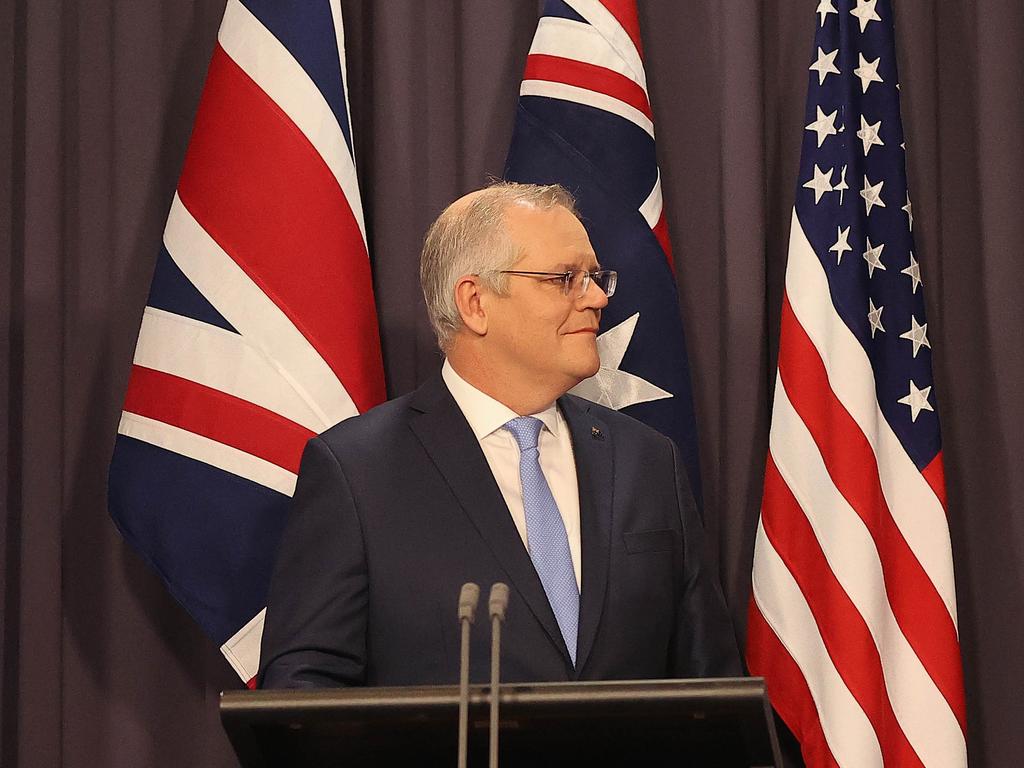Charles Miranda: Cheaper unmanned subs a stopgap for underwater warfare
Cheap unmanned submarines may help Australia’s underwater defence deterrent but it’s a short-term fix for a long-term problem, writes Charles Miranda.
Federal Election
Don't miss out on the headlines from Federal Election. Followed categories will be added to My News.
With the Royal Australian Navy recognising it was unlikely to have any new submarine fleet – nuclear or otherwise – in the water for decades it began to hunt Orcas and Mantas.
And now we are looking at making our own whale of a weapon.
Orcas are extra large unmanned undersea vehicles (XLUUVs) developed by Boeing and Huntington Ingalls Industries for the US Navy and Mantas their British equivalent.
With the signing of the AUKUS security pact last year, either are the obvious pick-up now for the RAN.
And they cannot be developed soon enough.
The large underwater artificial intelligence, stealth and multi-role drones are warfare’s newest frontier and have been in development by the Chinese and Russian militaries for years.
It is a sea change in warfare, militaries around the world have anticipated and prepared for including the RAN.
For the RAN it could be a short-term fix for a long-term problem, that being the new US/UK nuclear-powered submarines our Navy is to have – after the French submarines contract was spectacularly torn up – but no-one has yet to say when or where they will be built.

Critics will say with no clear direction or time frame for crewed submarines, uncrewed submarines may be Australia’s only and cheapest underwater defence deterrent hope.
The Orca XLUUV is 15.5m long vessel is designed to be used for mine counter measures, electronic spying and anti-submarine strike missions. Orcas have been trialled since 2017. They are believed to be able to go months underwater on a single fuel model and travel at a range of 6500 nautical miles (12,000km). Five Orcas are expected to be operational in the US by the end of this year.
The British also has its Manta XLUUV, essentially designed to be an affordable force multiplier to its crewed submarine force and combat ships. They been trialled since early 2020 off the British coast about Plymouth.


Underwater drones are not particularly new, China seized one of America’s underwater spy drones in the South China Sea five years ago as more recently Indonesia found three Chinese underwater drones about Sulawesi. But the XLUUV is a step change in terms of capability and range.
Essentially they can do all the dull but worthy missions Defence would want such as deep long term long range offshore patrols – as the RAAF is looking to do in the air – maybe on a pre-programmed route but they can also be primed for lethal combat and engage enemy targets without a human in sight. They can also be designed to carry payloads and could be used as motherships to deploy other smaller UUVs.
China has been reportedly operating unscrewed submarines for months in the Taiwan Strait and used them in the Pacific for mapping and other spy operations.
More Coverage
Originally published as Charles Miranda: Cheaper unmanned subs a stopgap for underwater warfare




